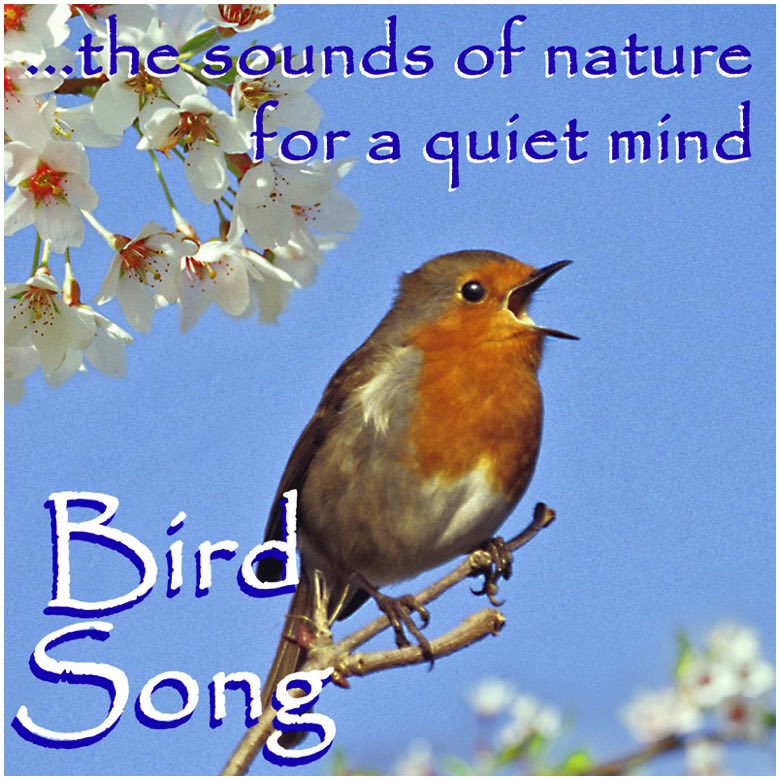
Overall, the results bear interesting implications for further research, such as actively manipulating soundscapes in different environments or settings (e.g., psychiatric wards) and testing their effect on subclinical or even clinical manifestations of anxiety and paranoia. Moreover, for the first time, beneficial, medium-sized effects of birdsong soundscapes were demonstrated, reducing paranoia. In sum, the present study suggests that listening to birdsongs regardless of diversity improves anxiety, while traffic noise, also regardless of diversity, is related to higher depressiveness. Anxiety and paranoia significantly decreased in both birdsong conditions (medium effect sizes). Concerning the birdsong conditions, depression exclusively decreased after exposure to the high diversity soundscape (small effect size). The traffic noise soundscapes were associated with a significant increase in depression (small effect size in low, medium effect size in high diversity condition). Before and after the exposure, participants performed a digit-span and dual n-back task, and filled out depression, anxiety, and paranoia questionnaires. In a randomized online experiment, N = 295 participants were exposed to one out of four conditions for 6 min: traffic noise low, traffic noise high, birdsong low, and birdsong high diversity soundscapes.

higher diversity of the soundscapes by manipulating the number of different typical traffic sounds or songs of different bird species within the respective soundscapes. An additional goal was to explore the differential impact of lower vs.

natural (birdsongs) soundscapes on mood, state paranoia, and cognitive performance, hypothesizing that birdsongs lead to significant improvements in these outcomes.

The present study investigated the effect of urban (traffic noise) vs.


 0 kommentar(er)
0 kommentar(er)
